In the rich tapestry of Aboriginal folklore, Mimih Spirits capture the imagination with their unique stories and characteristics. These enigmatic beings are often described as tall and slender, roaming the landscapes and embodying the connection between the natural world and the spiritual realm.
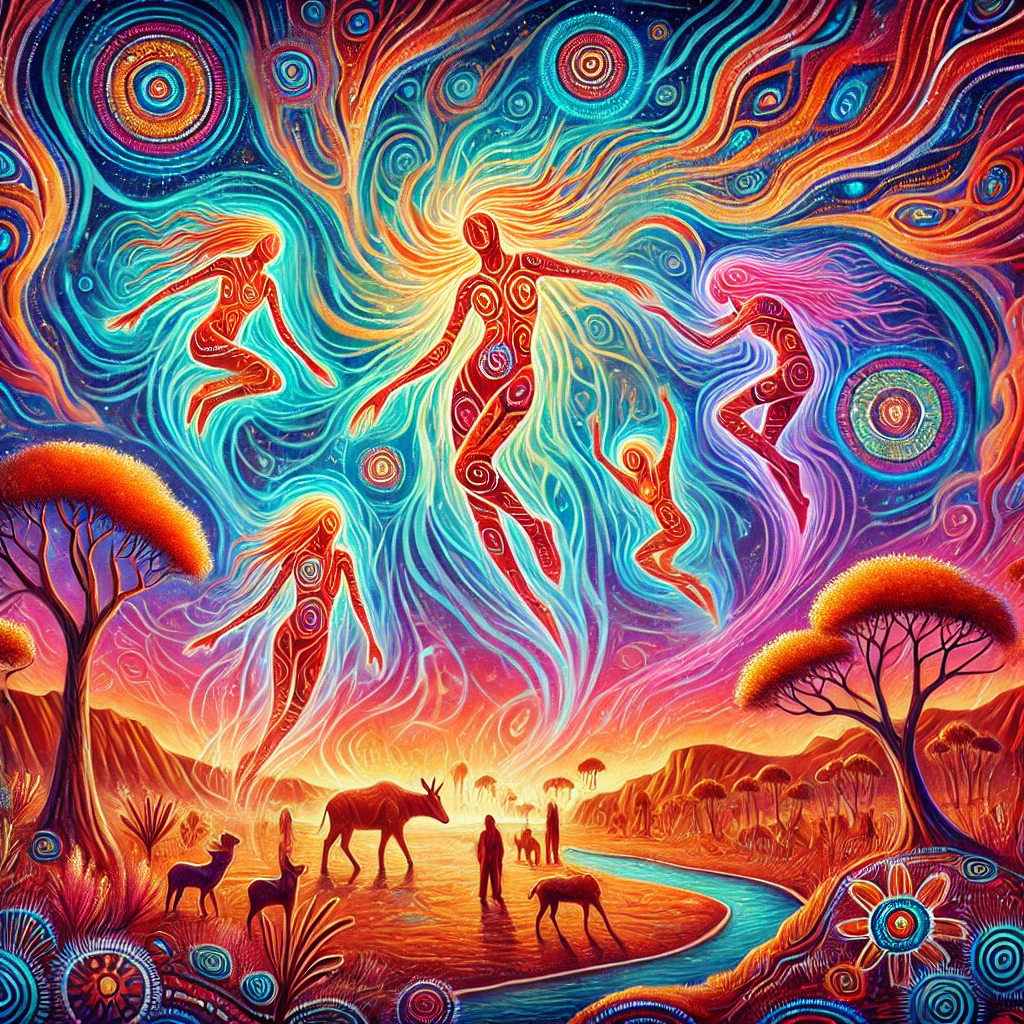
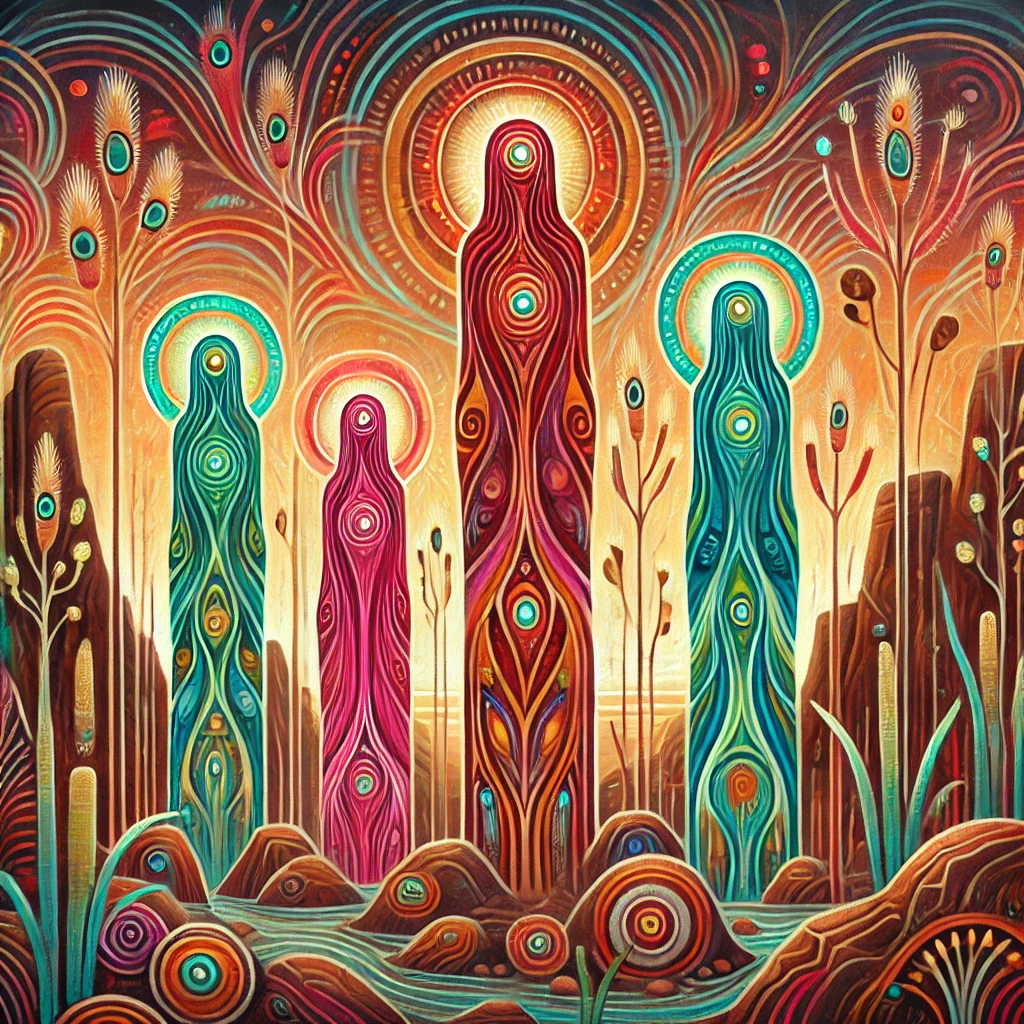
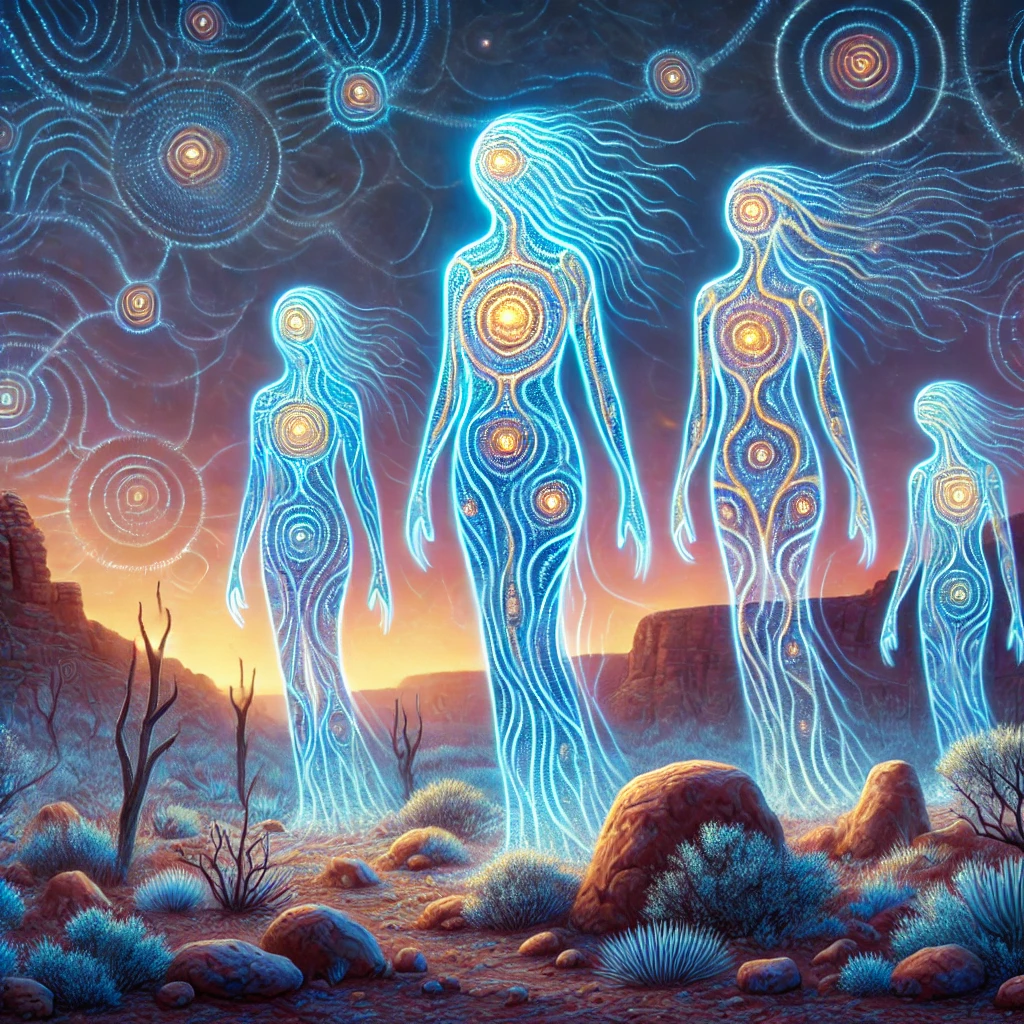
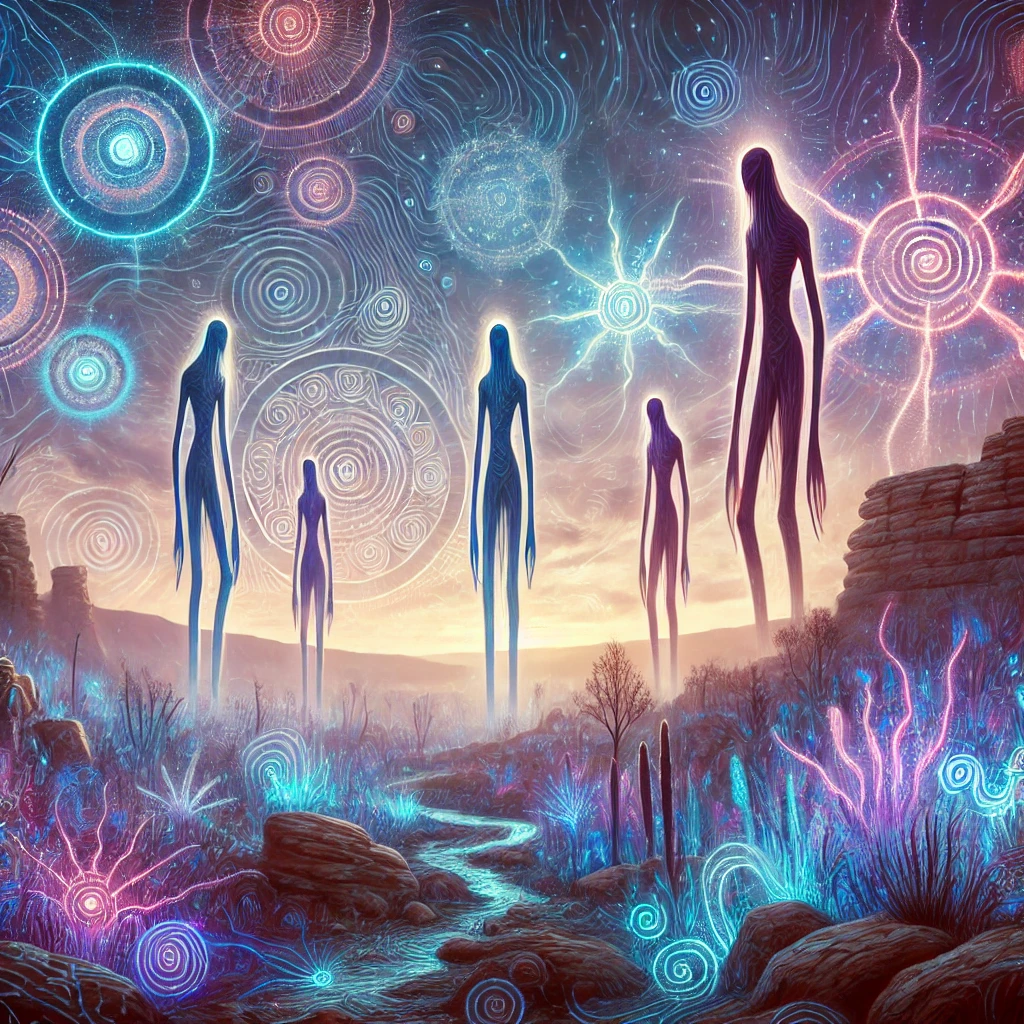
Delving into who Mimih Spirits are reveals fascinating insights into Indigenous Australian cultures and their deep-rooted traditions. From ancient Dreamtime tales to modern interpretations, these spirits continue to inspire and intrigue, highlighting the enduring legacy of Aboriginal storytelling.
Who Are Mimih Spirits
Mimih Spirits are ancient ancestral beings in the folklore of the Indigenous peoples of Arnhem Land, Northern Territory, Australia. These spirits possess a tall, slender, and fragile form, making them vulnerable to strong winds and capable of hiding in narrow rock crevices. Their delicate nature allows them to interact subtly with the environment, often going unnoticed unless conditions permit their presence.
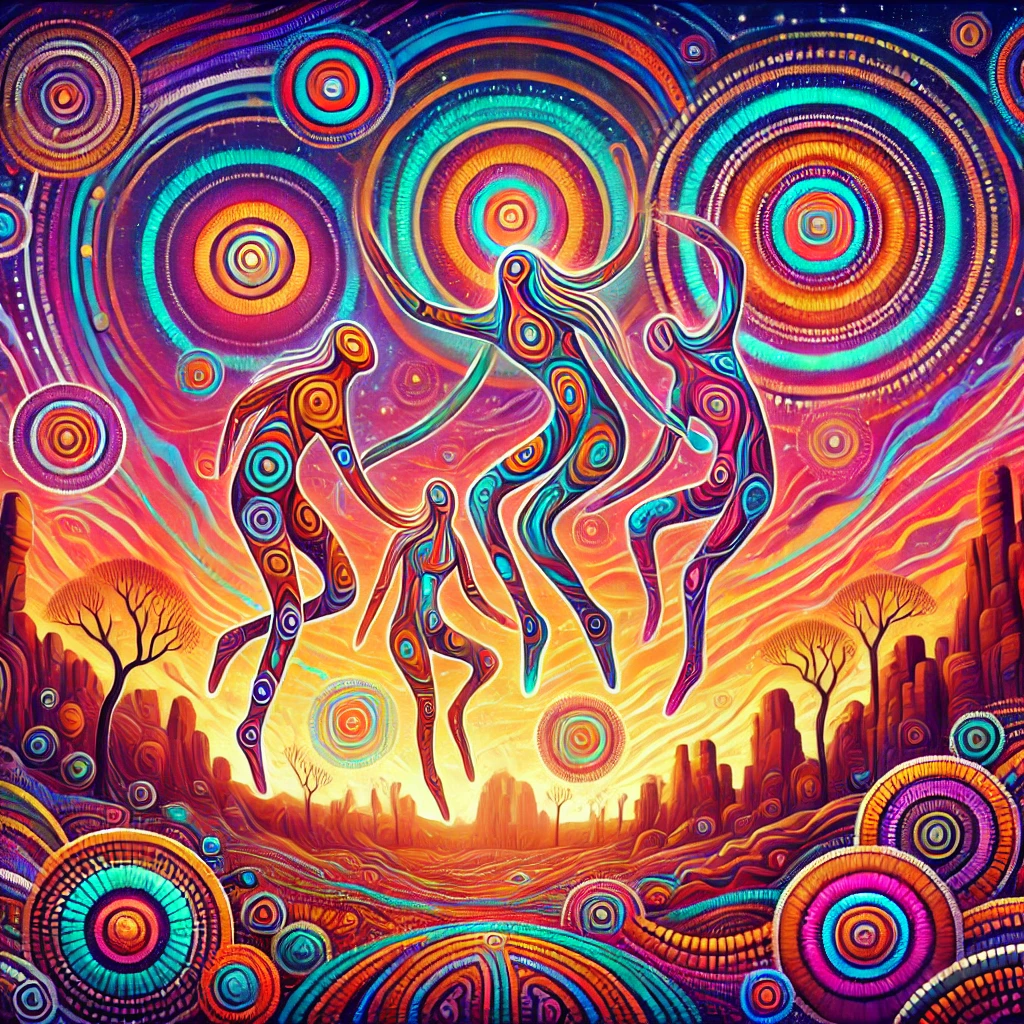
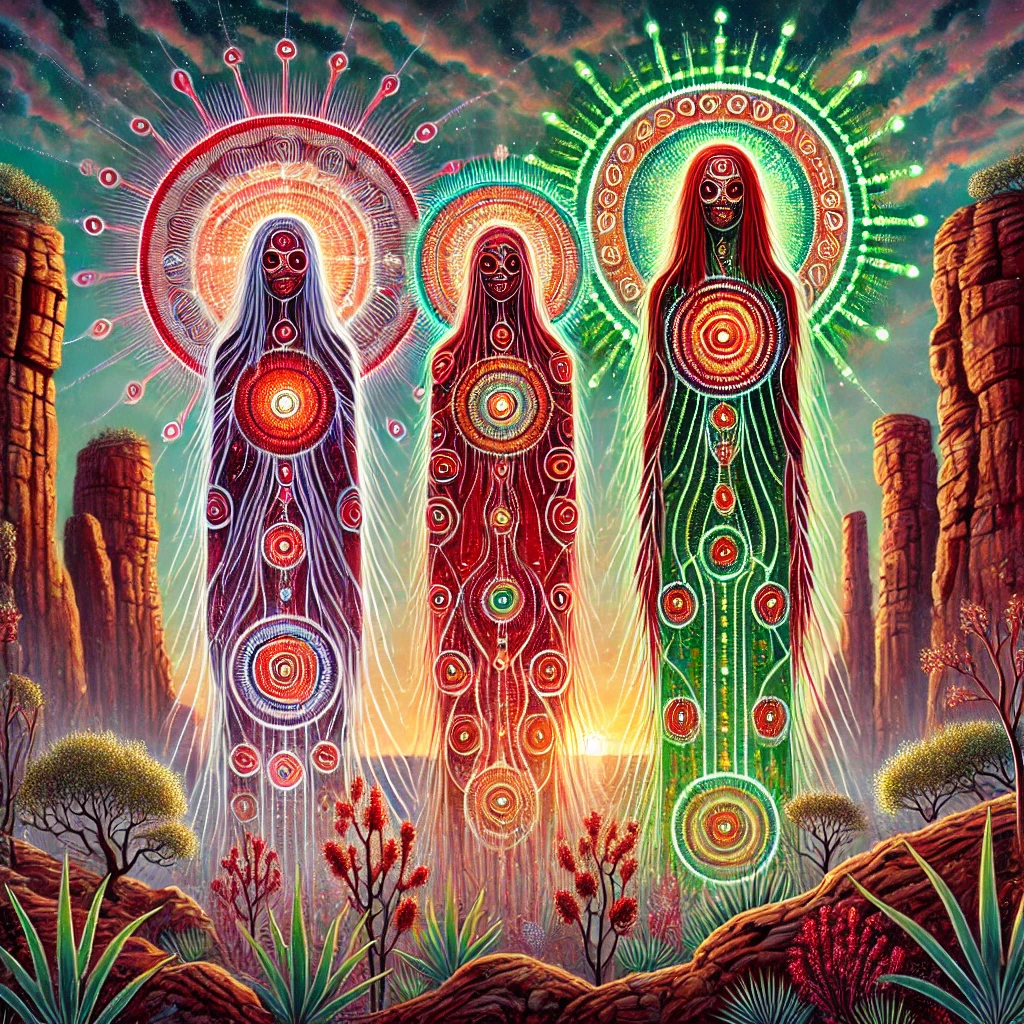
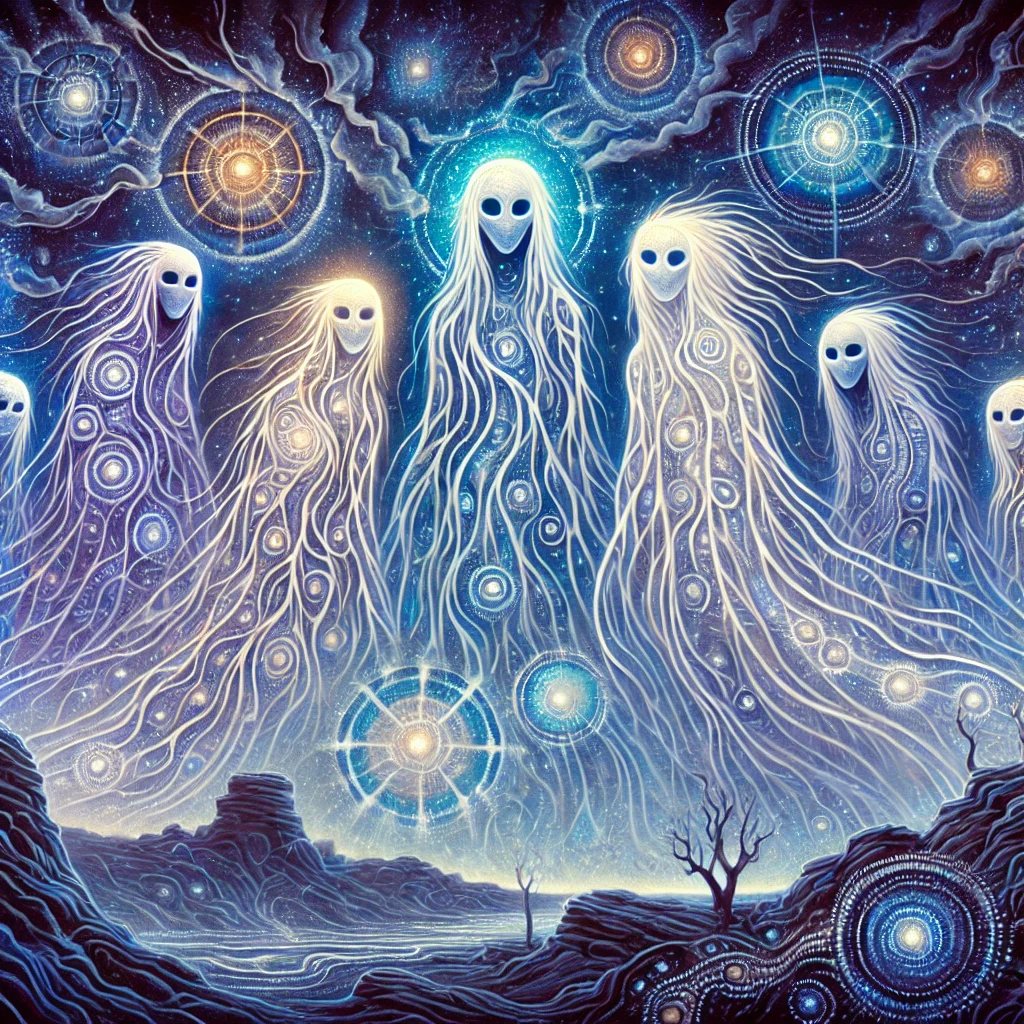
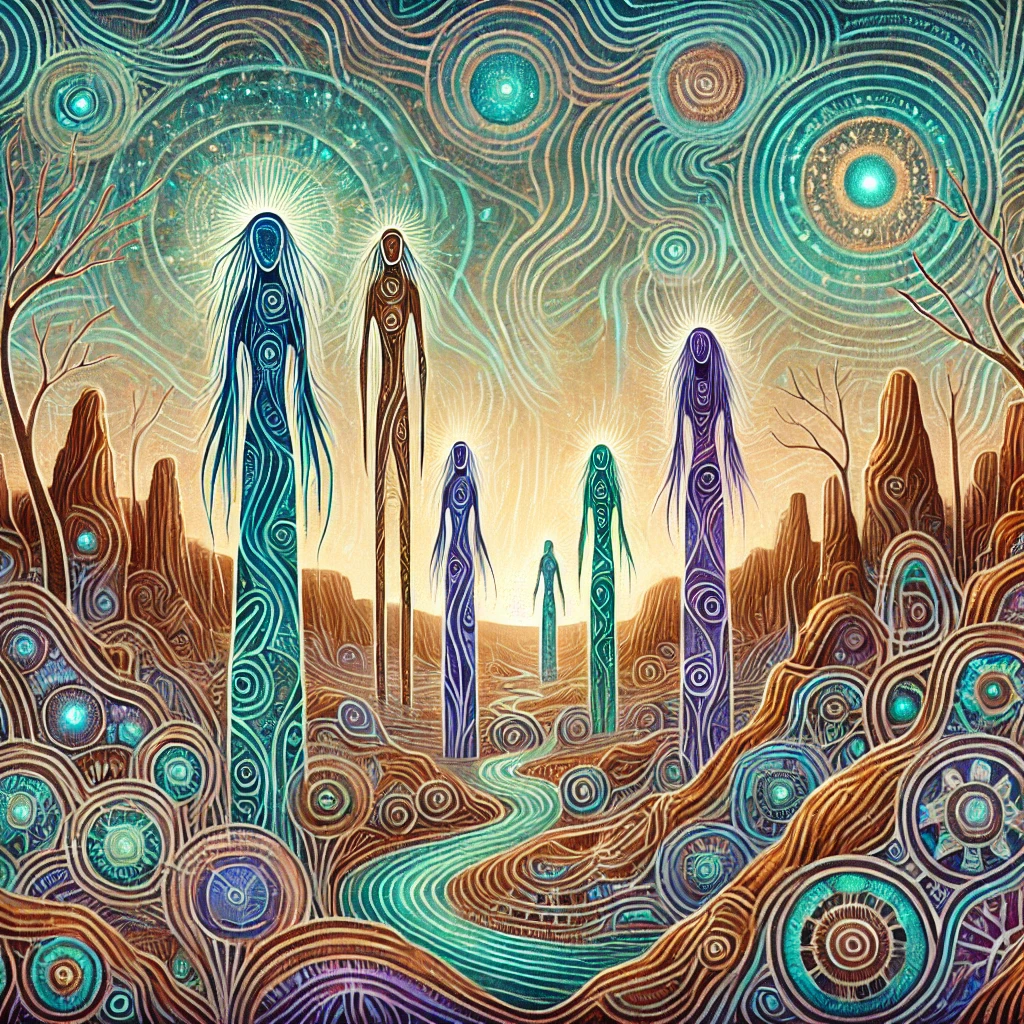
In Aboriginal cosmology, Mimih Spirits are among the earliest beings from the Dreamtime, the foundational era of creation. They played essential roles in shaping the Australian landscape, forming natural features like rivers and mountains. Beyond their influence on the physical world, Mimih Spirits imparted vital traditional knowledge to the first human inhabitants. They taught essential survival skills, including hunting techniques and game butchering. Additionally, they introduced cultural practices such as dancing, singing, and painting, which remain integral to Indigenous Australian communities today.
Mimih Spirits continue to hold significant cultural importance, symbolising the connection between the natural and spiritual realms. Their stories preserve the wisdom and heritage of Aboriginal traditions, ensuring that these ancient teachings are passed down through generations.
Origins in Aboriginal Folklore

Mimih Spirits are pivotal figures in the mythology of the Indigenous peoples of Arnhem Land, Northern Territory. These ancient beings symbolize the enduring connection between the land and its ancestral heritage.
Creation Myths
In Dreamtime narratives, ancestral spirits created the Mimih Spirits as some of the first beings. They shaped the Australian landscape, forming rocky terrains and intricate cave systems. These spirits inhabited narrow rock crevices and caves, reflecting their integral role in the earth’s creation and maintenance.
Ancestral Stories
Mimih Spirits feature prominently in numerous Aboriginal stories, acting as guardians of traditional knowledge. They interacted with early humans, teaching essential survival skills like hunting and crafting. These tales highlight the spirits’ influence in preserving cultural practices such as dancing, singing, and painting, ensuring the transmission of heritage across generations.
Characteristics and Abilities
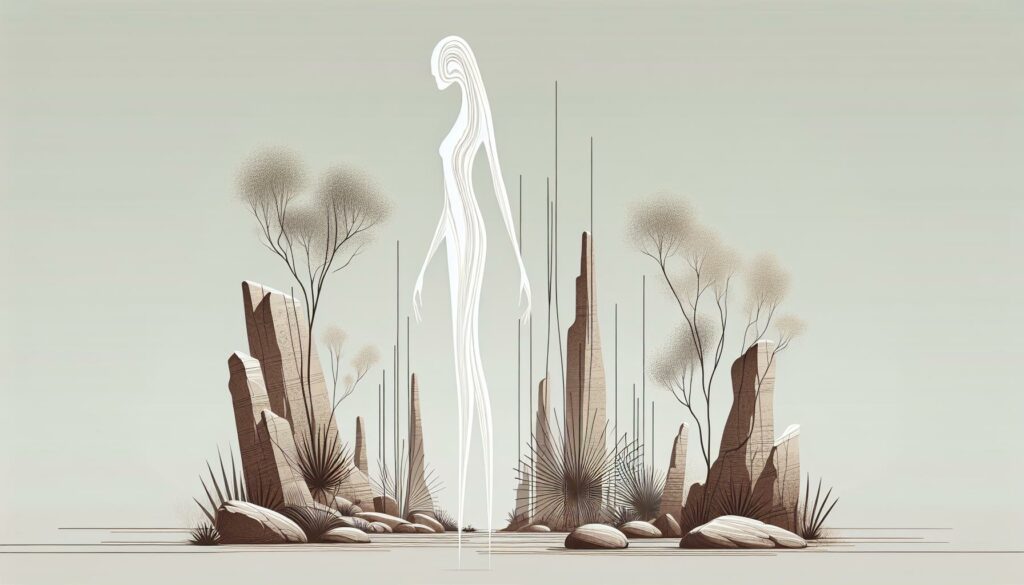
Physical Appearance
Mimih Spirits appear tall and slender, reaching heights of up to five metres. Their delicate frames make them susceptible to strong winds, forcing them to seek refuge in narrow rock crevices. Often described with elongated limbs and graceful features, these spirits blend seamlessly into their natural surroundings. Their ability to remain hidden allows them to interact subtly with the environment, ensuring minimal disruption to the landscapes they protect.
Spiritual Powers
Mimih Spirits possess profound teaching and guidance abilities, instructing the first inhabitants in essential skills such as hunting, painting, and living sustainably off the land. They impart sacred knowledge and traditional lore, enabling the Aboriginal people to thrive. Additionally, these spirits serve as guardians of the natural world, maintaining an intricate balance between the physical and spiritual realms. Their intimate understanding of plants, animals, and sacred sites ensures the well-being of both the land and its inhabitants.
Cultural Significance
Role in Community
Mimih Spirits serve as essential figures within Aboriginal communities, fostering the transmission of traditional knowledge. They instruct individuals in vital survival skills, including hunting techniques, meat preparation, and fire control. Additionally, Mimih Spirits introduce artistic practices such as rock and bark painting, which play a crucial role in preserving history and religious beliefs. Their guidance ensures the continuation of sustainable living practices and cultural rituals, strengthening community bonds and maintaining the integrity of Aboriginal heritage.
Symbolism and Beliefs
Mimih Spirits embody the deep connection between the natural and spiritual worlds in Aboriginal belief systems. They symbolize the guardianship of the land, maintaining harmony between physical landscapes and spiritual realms. These spirits represent the wisdom of the Dreamtime, imparting sacred knowledge that shapes cultural identity and cosmology. Mimih Spirits also illustrate the balance required to sustain both the environment and the community, reflecting the Aboriginal values of respect, reciprocity, and stewardship of the earth.
Mimih Spirits in Modern Culture
Today, Mimih Spirits continue to inspire various aspects of modern culture, bridging traditional folklore with contemporary expressions.
Representation in Art and Literature
Mimih Spirits feature prominently in Aboriginal art, particularly in paintings and carvings that depict their slender forms and ethereal presence. Artists from Arnhem Land incorporate Mimih imagery to convey their connection to Dreamtime stories and ancestral heritage. In literature, Mimih Spirits appear in novels and poetry that explore Indigenous Australian themes, offering readers insight into their cultural significance. Authors integrate these spirits to highlight the interplay between the natural and spiritual worlds, ensuring that traditional narratives remain relevant in modern storytelling.
Influence on Contemporary Media
Mimih Spirits influence contemporary media through their inclusion in films, television series, and video games that seek to represent Indigenous Australian mythology. Documentaries and educational programmes feature Mimih Spirits to educate audiences about Aboriginal beliefs and environmental stewardship. Additionally, video games inspired by Dreamtime stories incorporate Mimih Spirits as characters or lore elements, enhancing the immersive experience with authentic cultural references. This representation not only preserves the legacy of Mimih Spirits but also introduces their rich mythology to a global audience.
Key Takeaways
- Ancient Ancestral Beings: Mimih Spirits originate from Arnhem Land’s Aboriginal folklore, embodying the deep connection between the natural and spiritual realms.
- Distinctive Appearance: Characterised by their tall, slender, and fragile forms, Mimih Spirits often reside in narrow rock crevices, seamlessly blending into their natural surroundings.
- Role in Dreamtime: As pivotal figures in Dreamtime narratives, Mimih Spirits were instrumental in shaping Australia’s landscape and imparting essential survival and cultural knowledge to Indigenous communities.
- Cultural Preservation: These spirits are vital in maintaining Aboriginal heritage, teaching skills such as hunting, painting, and sustainable living practices that are integral to Indigenous identity.
- Modern Influence: Mimih Spirits continue to inspire contemporary Aboriginal art, literature, and media, bridging traditional folklore with modern cultural expressions and ensuring their legacy endures.
Conclusion
Exploring Mimih Spirits has deepened my appreciation for Aboriginal folklore and its rich traditions. These ethereal beings not only shape the landscapes but also the cultural fabric of Indigenous communities. Their enduring presence bridges the past with the present, ensuring that ancient wisdom continues to thrive. Mimih Spirits remind us of the vital connection between humans and the natural world, highlighting the importance of harmony and respect. As I delve into their stories, I’m inspired by the resilience and creativity embedded in Aboriginal heritage. Understanding Mimih Spirits offers valuable insights into sustainable living and the preservation of cultural identity. Their legacy is a testament to the power of storytelling in maintaining traditions and fostering community spirit.
Frequently Asked Questions
What are Mimih Spirits?
Mimih Spirits are ancient ancestral beings from the folklore of the Indigenous peoples of Arnhem Land in the Northern Territory of Australia. They are known for their tall, slender appearance, often reaching heights of up to five metres. These spirits are believed to blend seamlessly into their natural surroundings, allowing them to interact subtly with the environment while maintaining the balance between the physical and spiritual worlds.
Where do Mimih Spirits originate from?
Mimih Spirits originate from the Dreamtime stories of the Indigenous peoples of Arnhem Land. Dreamtime refers to the creation period in Aboriginal mythology when ancestral beings shaped the land and established cultural practices. Mimih Spirits are among these earliest beings, playing a crucial role in forming the Australian landscape and imparting traditional knowledge to the first human inhabitants.
What roles do Mimih Spirits play in Aboriginal culture?
Mimih Spirits serve as guardians of the natural world and cultural transmitters in Aboriginal culture. They teach essential survival skills such as hunting, fire control, and meat preparation. Additionally, they introduce artistic practices like rock and bark painting, which are vital for preserving history and religious beliefs. By maintaining the balance between the physical and spiritual realms, Mimih Spirits ensure the well-being of both the land and its people.
How do Mimih Spirits connect the natural and spiritual worlds?
Mimih Spirits embody the deep connection between the natural and spiritual worlds in Aboriginal belief systems. They act as intermediaries, maintaining harmony between physical landscapes and spiritual realms. By protecting the environment and imparting traditional knowledge, Mimih Spirits ensure that both the land and its inhabitants thrive, reflecting Aboriginal values of respect, reciprocity, and stewardship of the earth.
What is the significance of Mimih Spirits in Dreamtime stories?
In Dreamtime stories, Mimih Spirits are significant as they are some of the earliest beings who shaped the Australian landscape. They created rocky terrains and intricate cave systems, laying the foundation for the natural environment. Additionally, they taught the first humans vital cultural practices and survival skills, ensuring the continuation of Aboriginal traditions and fostering a deep connection to the land.
How do Mimih Spirits influence Aboriginal art?
Mimih Spirits greatly influence Aboriginal art, especially in Arnhem Land. Artists depict their slender forms and ethereal presence in rock and bark paintings, conveying connections to Dreamtime stories. These artistic representations help preserve the rich mythology of Mimih Spirits and ensure that traditional narratives remain vibrant and relevant in contemporary Aboriginal culture.
In what ways are Mimih Spirits represented in modern media?
In modern media, Mimih Spirits are featured in literature, films, television series, and video games that explore Indigenous Australian themes. They appear as characters or lore elements, enriching stories with authentic cultural references. Documentaries and educational programmes also highlight their significance, while contemporary art continues to draw inspiration from their mythology, introducing Mimih Spirits to a global audience.
How do Mimih Spirits contribute to the preservation of Aboriginal traditions?
Mimih Spirits play a key role in preserving Aboriginal traditions by transmitting traditional knowledge and cultural practices. They teach essential skills such as hunting techniques and artistic methods like painting, which are crucial for maintaining the community’s heritage. By fostering the transmission of these practices, Mimih Spirits help ensure that Aboriginal traditions are upheld and passed down to future generations.
What symbolic meanings do Mimih Spirits hold in Indigenous Australian belief systems?
Symbolically, Mimih Spirits represent the guardianship of the land and the balance between the natural and spiritual worlds. They embody Aboriginal values of respect for the environment, reciprocity, and stewardship. By maintaining harmony between physical landscapes and spiritual realms, Mimih Spirits illustrate the interconnectedness of all life and the importance of sustaining both the environment and the community.
How do Mimih Spirits maintain the balance between the physical and spiritual realms?
Mimih Spirits maintain the balance between the physical and spiritual realms by acting as protectors and teachers. They ensure that the natural environment remains undisturbed and harmonious, while also guiding the Aboriginal people in their cultural and spiritual practices. This dual role allows them to sustain the well-being of both the land and its inhabitants, reflecting the essential balance required in Indigenous Australian belief systems.
Author

Josh Morley holds a Bachelor’s degree in Theology from the Trinity School of Theology and a Diploma in Theology from the Bible College of Wales. His academic journey involved interfaith community projects and supporting international students, experiences that shaped his leadership and reflective skills. Now based in Liverpool, Josh is also the founder of Marketing the Change, a digital agency specializing in web design and marketing.
View all posts





